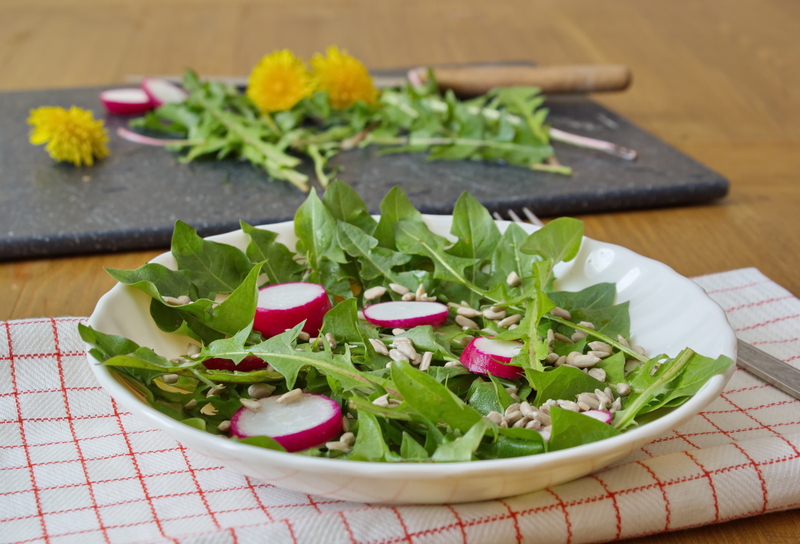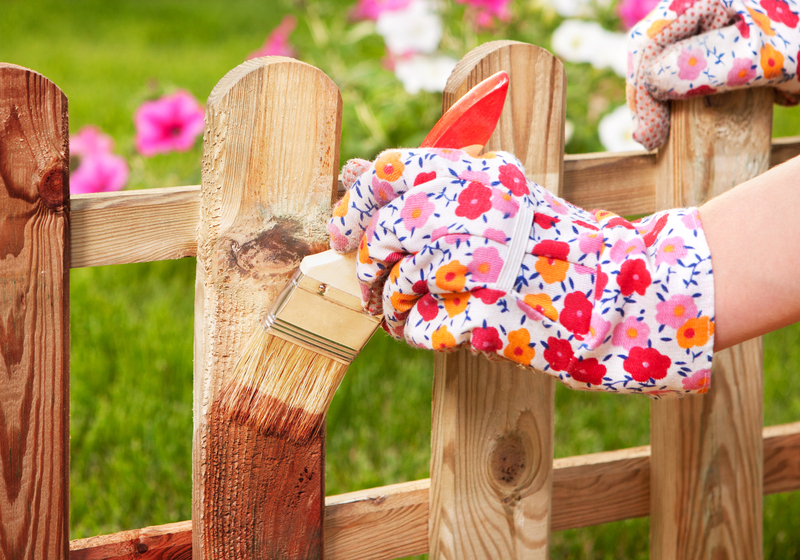Designing a Year-Long Colorful Garden
Posted on 23/04/2025
Creating a year-long colorful garden is a dream for many gardening enthusiasts. A well-designed garden can provide visual interest and vibrant colors throughout the seasons. With careful planning and plant selection, you can enjoy a beautiful, ever-changing landscape all year round. This article will guide you through designing a year-long colorful garden, offering tips, tricks, and essential information to ensure your garden remains a vibrant oasis no matter the season.
Understanding Seasonal Color
To design a year-long colorful garden, it's crucial to understand the seasonal changes in flowers and foliage. Each season offers distinct opportunities for color:
Spring
Spring is synonymous with renewal, and gardens burst into life with bright and cheerful blooms. Focus on planting bulbs like tulips, daffodils, and hyacinths that emerge in early spring. Also, consider including perennials such as primroses and forget-me-nots.
Summer
Summer is the peak season for most gardens. Choose plants that thrive in the heat and offer bold colors, such as sunflowers, daisies, and roses. Hanging baskets and containers filled with petunias, geraniums, and marigolds can also add splashes of color.
Fall
As temperatures drop, focus on plants that offer rich autumnal hues. Chrysanthemums, asters, and pansies provide late-season blooms, while ornamental grasses and foliage plants like Japanese maples transition into stunning reds and golds.
Winter
Winter gardens can still be colorful and dynamic. Incorporate evergreens, holly bushes with red berries, and winter-flowering plants like hellebores and winter pansies. Snowdrops and early crocuses can also add interest to the garden during these colder months.

Designing for Year-Round Interest
To ensure your garden remains engaging throughout the year, consider the following design principles:
Create a Strong Foundation
Start with a foundation of evergreen plants that provide structure and color in every season. Boxwoods, yews, and hollies are excellent choices for this purpose. They maintain their form and foliage throughout the year, acting as a backdrop for other seasonal plants.
Layer Planting
Use a layering technique to plant flowers, shrubs, and trees at different heights and depths. This creates a dynamic, multi-dimensional garden view. Tall trees and shrubs at the back, medium-height plants in the middle, and low-growing flowers at the front form a harmonious design.
Succession Planting
Plan for succession planting to ensure that as one plant fades, another comes into bloom. This requires detailed planning and plant knowledge, but with a carefully constructed calendar, you can maintain a continuous display of color.
Incorporate Hardscape Elements
Don't forget the importance of garden structures like pergolas, arbors, and pathways. These elements add interest and provide a framework that complements the plantings. Choose materials and colors that enhance and do not overshadow your flowers.
Plants for All Seasons
Selecting the right plants is key to a colorful year-round garden. Here are some season-by-season recommendations:
Spring
- Tulips
- Daffodils
- Hyacinths
- Primroses
- Forsythia
Summer
- Sunflowers
- Daisies
- Roses
- Petunias
- Marigolds
Fall
- Chrysanthemums
- Asters
- Pansies
- Ornamental grasses
- Japanese maples
Winter
- Evergreens
- Holly bushes
- Hellebores
- Winter pansies
- Snowdrops
Pros and Cons of a Year-Long Garden
Maintaining a year-long colorful garden has its pros and cons.
Pros
- Continuous beauty and visual interest.
- Provides a habitat for various wildlife throughout the year.
- Can reduce stress and improve mental health.
- Increases the property's aesthetic appeal and value.
Cons
- Requires detailed planning and knowledge of plants.
- Time-consuming to maintain and adjust.
- May involve higher costs for plants and materials.
- Needs regular care, watering, and feeding.
Tips for Success
1. Know Your Zone: Choose plants that are suitable for your climate and hardiness zone.
2. Soil Preparation: Ensure your soil is healthy and well-draining.
3. Watering: Develop a consistent watering schedule.
4. Mulching: Use mulch to retain moisture and suppress weeds.
5. Pruning: Regularly prune to maintain plant health and shape.
6. Continuous Learning: Stay informed about new plants and techniques.

Conclusion
Designing a year-long colorful garden is a rewarding project that requires thoughtful planning and care. By considering seasonal changes, layering your plantings, and incorporating a variety of plants, you can create a vibrant and dynamic garden that delights in every season. While it may require an investment of time and effort, the continuous beauty and joy your garden will bring make it well worth the endeavor.
Takeaways
- Plan Ahead: Effective garden design starts with a detailed plan.
- Diverse Plant Selection: Use a variety of plants to ensure year-round interest.
- Maintenance is Key: Regular care and attention will keep your garden flourishing.
- Enjoy the Process: Gardening is not just about the end result, but also the journey.
Creating a year-long colorful garden is a journey of creativity and dedication, but with the right approach, you can enjoy a stunning landscape that evolves and enchants through all seasons.




